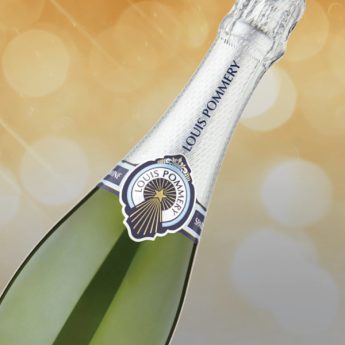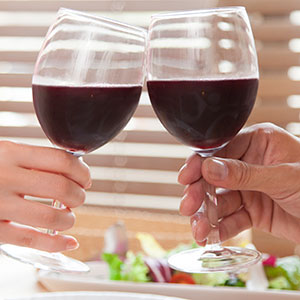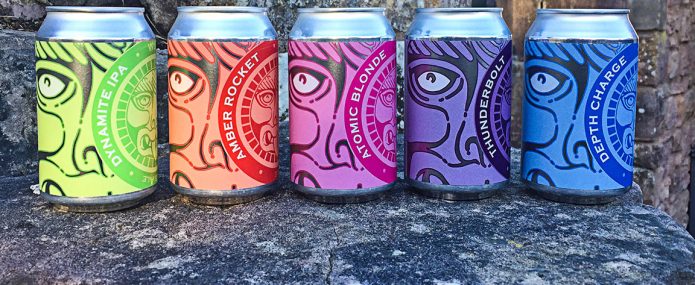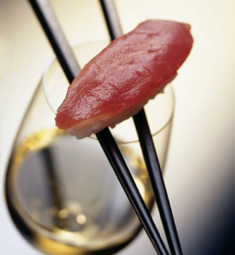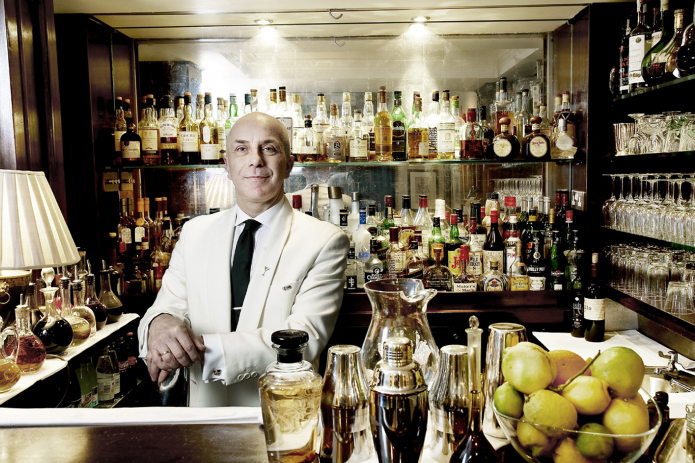Invented in 1840 in England by Anna, the 7th Duchess of Bedford, afternoon tea quickly established itself in the country and later around the globe. Today, it is a fast favourite at luxury hotels.
Suggestions of afternoon tea immediately bring to mind neatly cut triangular cucumber sandwiches—with the crusts cut off of course—precisely stacked on top of each other, and scones ready for a spread of clotted cream and strawberry jam. One might even think back to days spent with grandmothers or aunties, gossiping over quaint china teacups covered in floral designs.
But who said afternoon tea was strictly British? The Japanese twist on afternoon tea shows that a traditionally British thing can be turned on its head.
Tea culture in Japan is demonstrably different. A traditional Japanese tea ceremony has its roots as far back as the 13th century, and depending on the occasion can last up to four hours.
Of course, the main difference is the tea itself, with British afternoon tea adopting leaves from either India or Sri Lanka (then Ceylon), and Japanese tea ceremonies using powdered matcha. But, just as with traditional British afternoon tea, its links are with the upper echelons of society.
Luckily in Japan, you can get the best of both. If you’re looking to enjoy luxurious surroundings, the Prince Park Tower Tokyo offers a traditional afternoon tea with all the trimmings, including the traditional three-tier stand. You won’t be disappointed, as the resident patissier has visited the UK to learn the art of making authentic British scones, putting his unique spin on them.
And, should you not have much of a sweet tooth, sushi lovers can indulge in teatime sushi treats at the Prince Gallery Tokyo Kioicho.
Or if you have guests who want to experience the wonders of a Japanese tea ceremony, nestled in the gardens at the Prince Hotel New Takanawa is a charming, traditional Ean Japanese tea house.
You may not be sat in the Devonshire countryside, but you’re certainly open to more options than if you were.
-2-1000x473.jpg)

